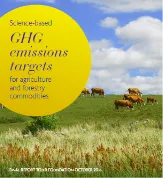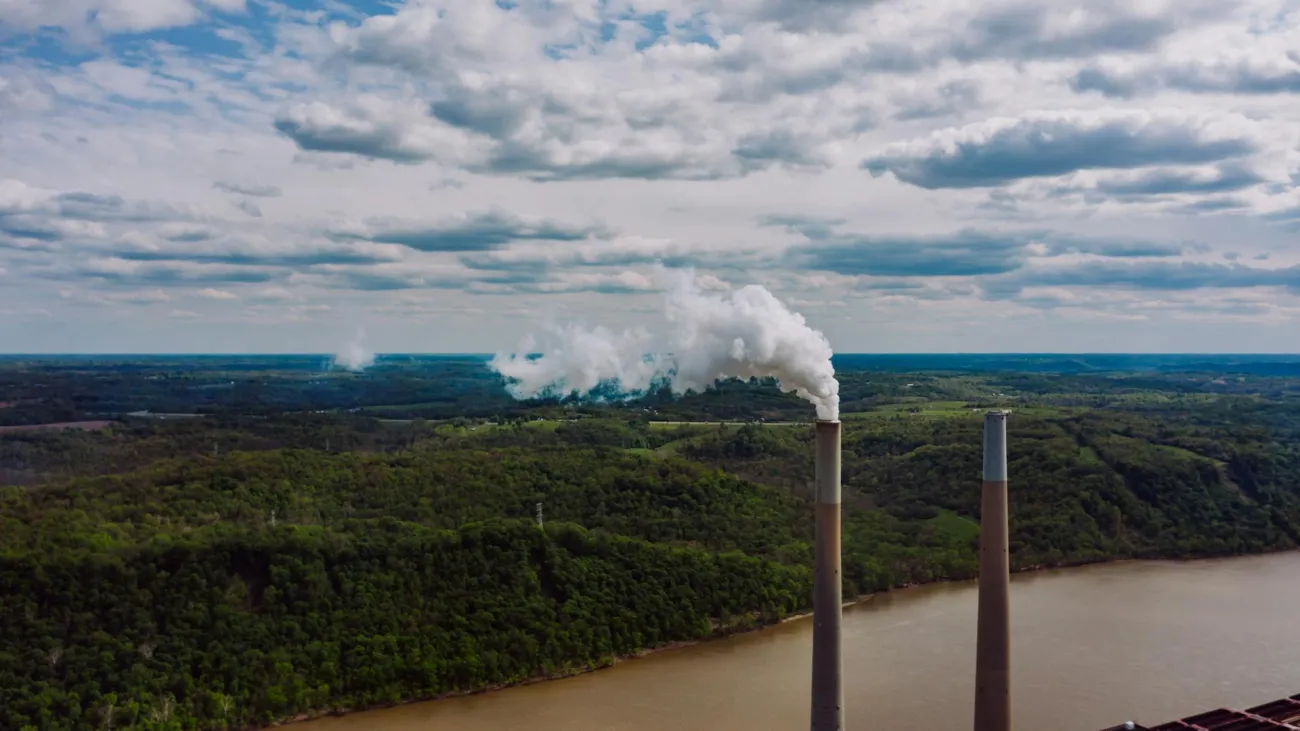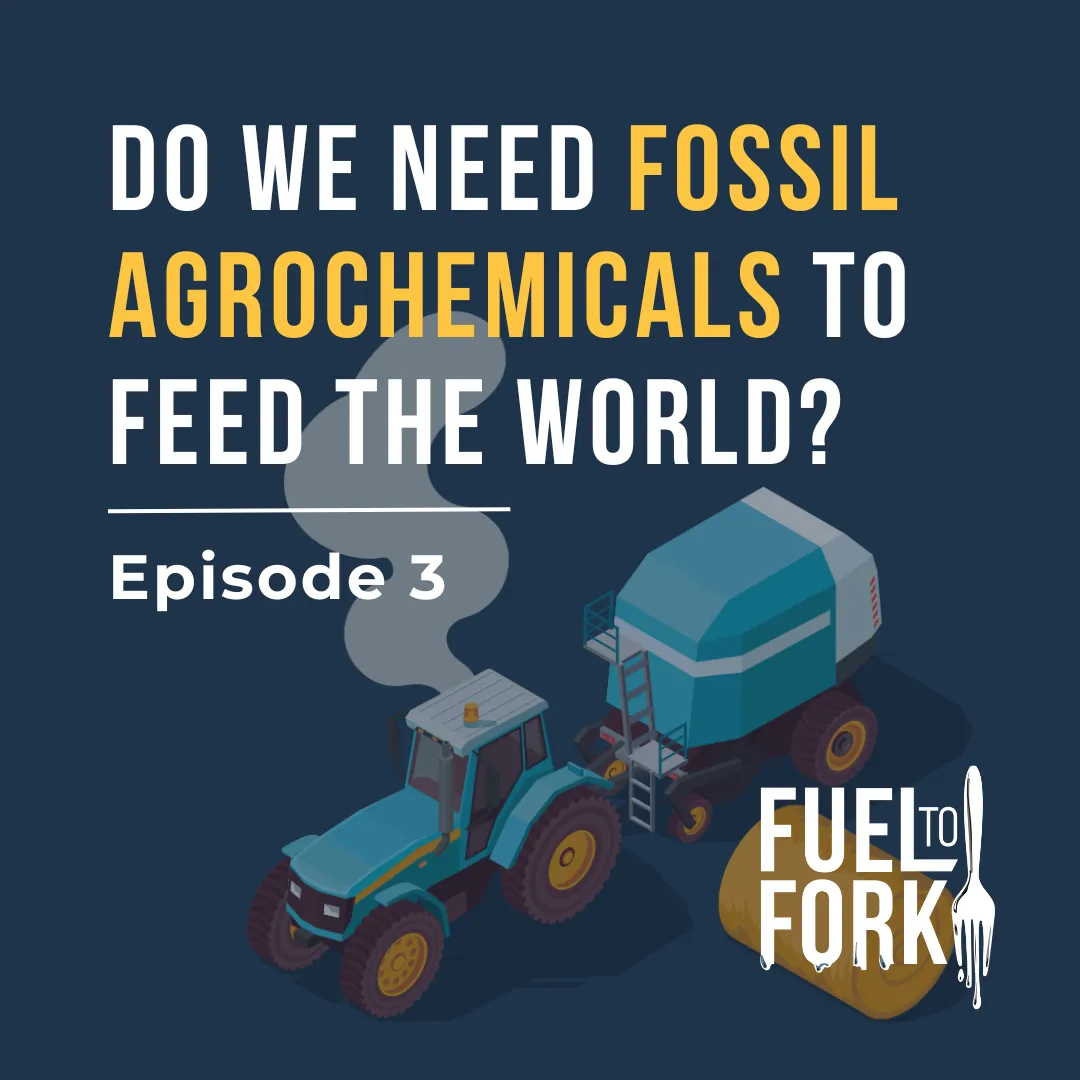This report details the methodology used to create a new online tool which can help companies set science-based emission targets and incorporate land-use change into their mitigation strategies. It is part of the Science Based Targets initiative run by the Carbon Disclosure Project (CDP) CDP, UN Global Compact, the World Resources Institute (WRI) and World Wildlife Fund (WWF).

It focuses on ten commodities which, based on the share of GHG emissions and global volumes traded, represent over 50% of global GHG emissions of the agriculture and forestry sectors. They include ten commodities including beef, dairy, soybeans, palm oil, rice and maize.
The authors propose that by applying the new methodology in concert with taking robust climate actions, companies can gain multiple benefits as follows:
- Increase credibility of climate targets, get recognition and exposure by NGO;
- Demonstrate leadership and build on a green reputation to increase stakeholder value and attract excellent talents;
- Outperform sector peers in benchmarks, increase rating scores and attractiveness for investors;
- Get long-term guidance to steer investments, drive innovation and transform agribusiness practices;
- Save money and increase competitiveness by gaining insight in company performance and improvement potential;
- Gain insight in the required transformation of the Agriculture, Forestry and Other Land-Use sector and position themselves for upcoming policy regulations.
The report clarifies a way to measure, monitor and track progress in reducing GHG emissions of these key agricultural commodities. It also outlines various actions which can mitigate GHG emissions and eliminate land-use change effects.
An additional point made in the report is that emissions from land use change are rarely accounted for in LCAs and that, since there is no standard calculation method, the choice of method determines, to a large extent, the value of the emission estimates for land-use change CO2 emissions for each commodity. This is visualised in the figures below (note also the low level of emissions per kg of product for palm oil compared to other crops).
Emission factors in kg CO2/kg product for land use change related emissions (with a ‘Foregone Sequestration’ method):


You can find the full report here.
Reference:
Smith, P., Nayak, D.R., Linthorst, G., Peters, D., Bucquet, C., van Vuuren, D.P., Stehfest, E., Harmsen, M., & van den Brink, L. 2016. Science-based GHG emissions targets for agriculture and forestry commodities. Final report to KR Foundation, October 2016, 86pp.




Comments (0)